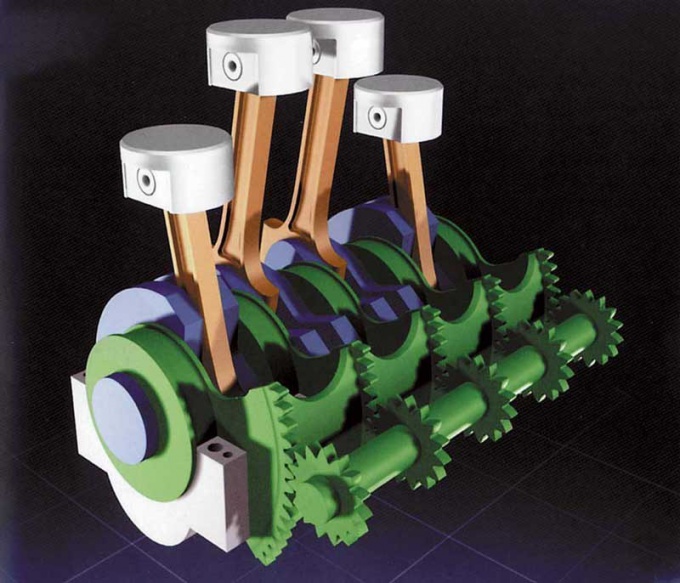You will need
- calculator;
- - burette;
- glass;
- sealant.
Instruction
1
The compression ratio is defined as the ratio of the full volume ofa cylinder of the internal combustion engine to the volume of the combustion chamber. Expect this figure according to the following formula: CR=(V + C)/C, where V is the working capacity of cylinder – volume of the combustion chamber.
2
To find the capacity of one cylinder, needs engine capacity (displacement) divided by the number of cylinders. For example, if the displacement four-cylinder engine is equal to 1200 cubic centimeters, the capacity of one cylinder is equal to 300 cubic centimeters.
3
The capacity of the combustion chamber is the volume that remains above the piston when the latter is at top dead center. It includes several variables: the volume of the cavity in the head, a cut (in the bottom of the piston), the volume between the upper part of the piston unit and the upper part of the cylinder Assembly while the piston in the top dead point and the volume equal to the thickness of the strip.
4
If the gasket is round, the amount equal to its thickness, determined by the formula: Vcc=[(p*D2*L)/4]/1,000, where p=3,142, where L is the thickness of the gaskets in the clamped condition (in mm), D is the diameter of the holes in the gasket (in mm). If the gasket is not round, then measure the volume at the burette. To do this, glue the gasket with sealant to the glass, then place glass on a flat surface and fill with water the hole in the gasket, using a burette.
5
Knowing the working capacity of the cylinder and the combustion chamber volume, substitute these values into the formula and calculate the compression ratio.
6
Thermal efficiency is directly related to the compression ratio: the higher the compression the less fuel used by an engine to generate the required power.
Note
In any case, do not modify independently the combustion chamber because they may interfere with the processes of displacement!
Useful advice
The efficiency of diesel engines is largely due to typical values of compression ratio: the value of this indicator may vary from 18:1 to 22:1.
